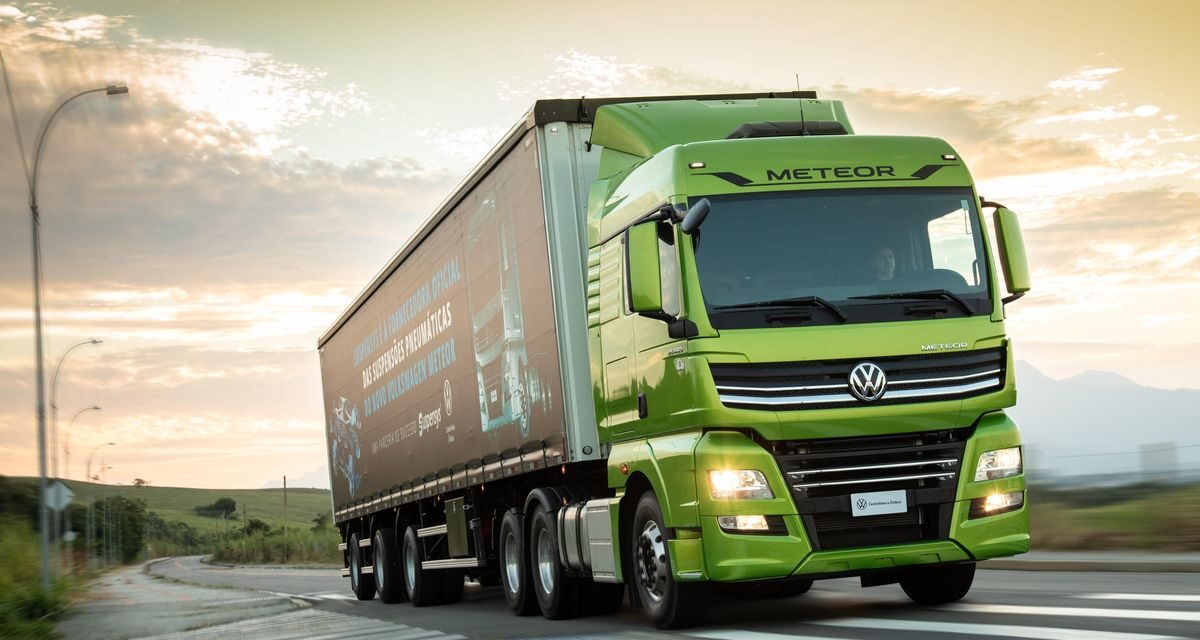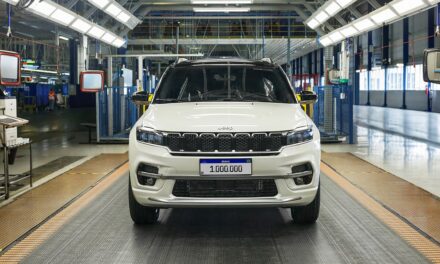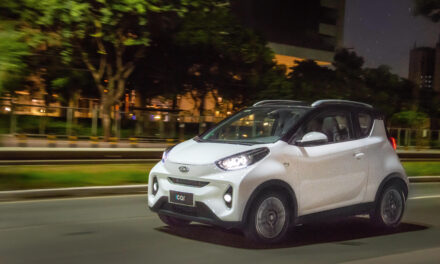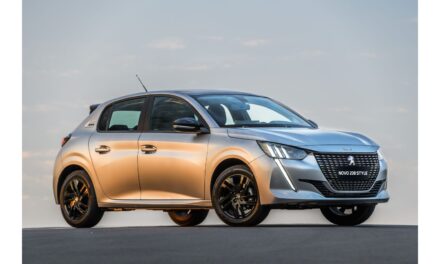By George Guimarães | 11/13/23 | Translated by Jorge Meditsch
The Brazilian truck market is far from its best days. In the first ten months of 2023, it shrunk by 17.1% to 85 thousand units, and the six main truck brands sold less.
Regardless of the sales fall, the dispute among the bestselling brands remains fierce – as happened over the last decade. It seems that, once more, the year leader will be known only after the last December deliveries.
According to data from Fenabrave, in October, the first-placed Mercedes-Benz overcame the runner-up Volkswagen Truck and Bus by just 95 vehicles: 2,178 versus 2,083 units.
The slight difference also shows in January through October sales. In this case, VW has the advantage with 22,049 units against MB’s 21,688. The market share is, respectively, 25.9% and 25.5%.
The 361 vehicles margin is equivalent to about one week of sales from either brand. Last year, VW led with 1.3 thousand vehicles ahead of Mercedes in the same period. At the end of the year, the difference had fallen to just 266 trucks.
If VW keeps the lead at the end of December, it will achieve an unprecedented three-year lead – the brand was first in 2021 and 2022. Nonetheless, MB led seals for seven consecutive years from 2014 through 2020.
If VW keeps the 25.9% share up to the end of the year, it will be the smallest by a leader brand in the decade and one of the smaller in history. In 2013, VW reached 25,8%. In the first ten months of 2022, its share was 28.5% and Mercedes-Benz’s 27.3%.
The third in the ranking, Volvo, also lost share from 19.2% last year to 18.8%.
At the same time, the other three truck brands with more sales in the country can celebrate a growing participation.
In the fourth place, Scania reached 11.3% (10% last year), Iveco went from 8.8% to 9.5% and DAF grew from 5.3% to 7.9%.
- BYD atropela projeções e concorrentes - 6 de maio de 2024
- Fatia de 5 marcas líderes em SUVs encolhe 11 pontos em um ano - 3 de maio de 2024
- Abril supera 207 mil veículos vendidos, melhor resultado mensal de 2024 - 2 de maio de 2024








